Flatbed trailers are an essential part of the transportation industry, serving a myriad of functions from hauling heavy machinery to transporting oversized goods. Understanding how to effectively widen a flatbed trailer can significantly enhance its utility, improve load security, and comply with regulations. This detailed guide addresses various methods to widen flatbed trailers while discussing the necessary safety practices and regulations involved in the process.
Understanding Flatbed Trailers
Before diving into the specifics of widening a flatbed trailer, it is essential to comprehend its structure and functionality. Flatbed trailers typically consist of a flat platform without sides or a roof, designed to carry large and heavy loads. The versatility of flatbed trailers is unmatched, but occasionally load dimensions might require extensions for safe and legal transport.
Types of Flatbed Trailers
Different flatbed trailers suit varying cargo needs:
| Type of Flatbed Trailer | Description | Common Uses |
|---|---|---|
| Standard Flatbed | A basic flat platform | General freight, construction cargo |
| Extendable Flatbed | Can increase in length | Over-dimensional loads, machinery |
| Step Deck | Dual level for taller loads | Heavy equipment, long loads |
| Conestoga Trailer | Covered flatbed with tarp system | Weather-sensitive goods |

Common Applications Requiring Widening
- Oversized Loads: When transporting machinery, lumber, or construction equipment.
- Bulk Material: When dealing with bags, crates, or other commodities that require more space.
- Stacked Loads: When hauling multiple items stacked on each other.
Safety Regulations for Widening Flatbed Trailers
Before modifying a flatbed trailer, adherence to safety regulations is paramount. Knowing your local and federal regulations will guide your decisions:
- Maximum Width Limits: Over-width loads typically cannot exceed 8.5 feet in most jurisdictions without special permits.
- Signs and Flags: Over-width trailers may require designated safety signs or flags to alert other drivers.
- Load Securement: Compliance with the Federal Motor Carrier Safety Administration (FMCSA) regulations for securement.
Tools and Equipment Needed
The task of widening a flatbed trailer is not an elementary undertaking. Proper tools and equipment are essential for safe and effective modification:
- Wrenches and Sockets: For loosening and tightening nuts and bolts.
- Impact Wrench: To save time on fasteners.
- Tape Measure: For accurate measurements of the trailer and loads.
- Cutting Tool: To adjust structural components if necessary.
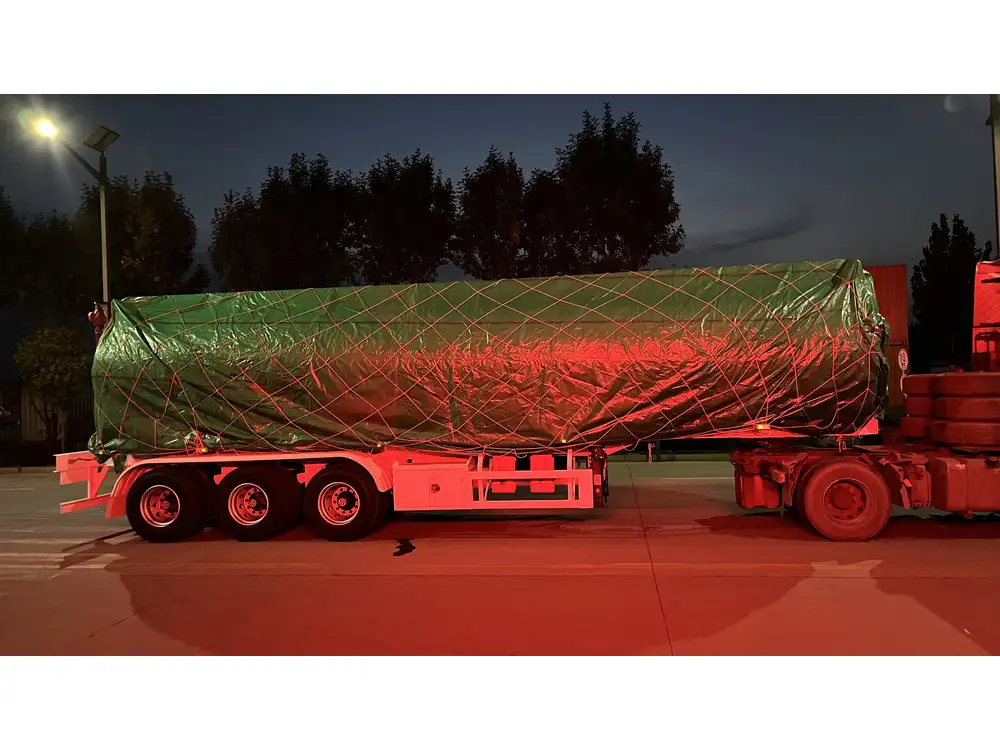
Methods to Widen Flatbed Trailers
There are several ways to widen a flatbed trailer, and the method will largely depend on the specific design of your trailer and the nature of the modifications. Below are detailed approaches that can be employed to achieve wider dimensions safely.
1. Using Bolt-On Extensions
Bolt-on extensions are effective for widening a flatbed trailer without permanent alterations. These can be attached to existing sides of the trailer.
Steps to Install Bolt-On Extensions:
- Preparation: Measure your existing trailer width and determine how much additional width you require.
- Select the Right Extension: Ensure that the extensions are compatible with your trailer style.
- Attach Extensions:
- Remove any necessary bolts.
- Align extensions with existing frame.
- Secure with appropriate fasteners.

Advantages:
- Non-permanent alteration.
- Minimal tools required.
- Easily removable.
Disadvantages:
- May affect weight distribution if not properly secured.
- Could require additional modifications (like lights or signage) for compliance.
2. Welding Permanent Side Rails
For more extensive modifications, welding side rails to the flatbed can provide a robust solution for increased width.
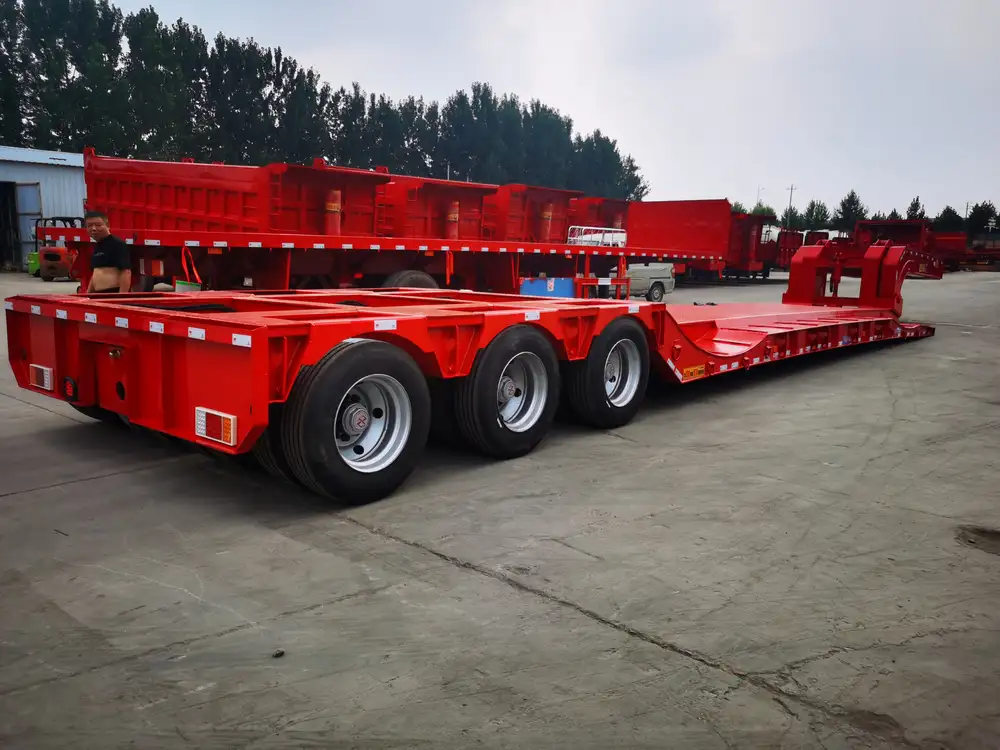
Welding Procedure:
- Preparation:
- Choose materials that match the strength and weight of the trailer.
- Prepare the trailer surface by cleaning and grinding.
- Cut and Fit:
- Measure and cut steel to desired width.
- Fit the rails against the trailer sides.
- Welding:
- Use a MIG welder for strong bonds.
- After welding, inspect all joints for stability.
Advantages:
- Strong and durable.
- Designed for heavy-duty use.
Disadvantages:
- Permanent modification.
- Higher skill requirement for welding.
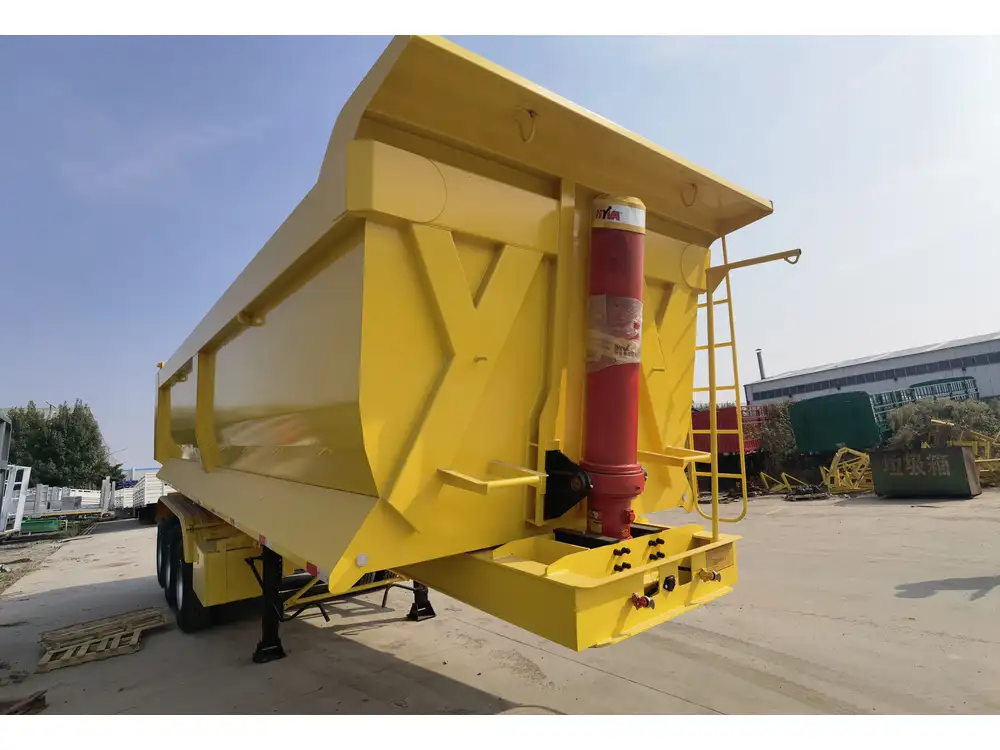
3. Utilizing Slide-Out Extensions
Some trailers come with the capacity for slide-out extensions. These can be used to extend the width as needed for certain loads.
Steps to Implement Slide-Out Extensions:
- Locate the Mechanism: Identify the slide-out rail or mechanism.
- Extend When Necessary: Following the manufacturer’s guide, unlock and slide out to meet required dimensions.
- Secure: Ensure all locks are engaged before traveling.
Advantages:
- Convenient and retractable.
- Provides flexibility.
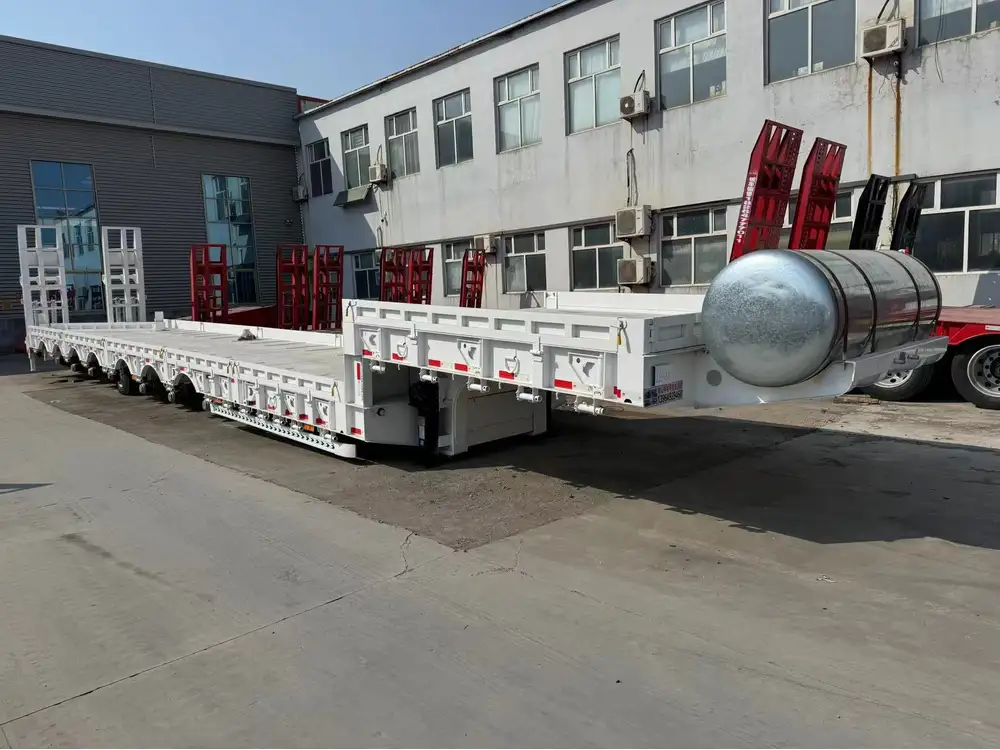
Disadvantages:
- Potential for mechanical failure.
- May not provide the same strength as welded solutions.
4. Adjustable Width Flatbed Trailers
Investing in adjustable width flatbed trailers may be a more long-term solution for those consistently managing varying loads.
Features to Look For:
- Hydraulic or Mechanical Adjustments: These systems allow for seamless adjustment of trailer width based on load requirements.
- Integrated Safety Features: Ensure these systems include necessary safety protocols for operation.

Advantages:
- Versatile for all load types.
- Reduces downtime between adjusts for various loads.
Disadvantages:
- Higher initial investment.
- Maintenance of additional components may be required.
Best Practices for Widening Flatbed Trailers
Conducting modifications to widen flatbed trailers carries inherent risks and considerations. To ensure safety and compliance, adhere to the following best practices:

Inspect Regularly
After any modifications, conduct frequent inspections to ensure structural integrity and compliance with regulations. Look out for signs of wear, cracks, or loose elements.
Follow Manufacturer Guidelines
Always reference the manufacturer’s instructions regarding load limits, modifications, and maintenance schedules.
Consult with Professionals
If uncertain about modifications or compliance, consult with a transportation engineer or trailer customization expert. Their insights can provide valuable guidance to ensure safety and legal adherence.
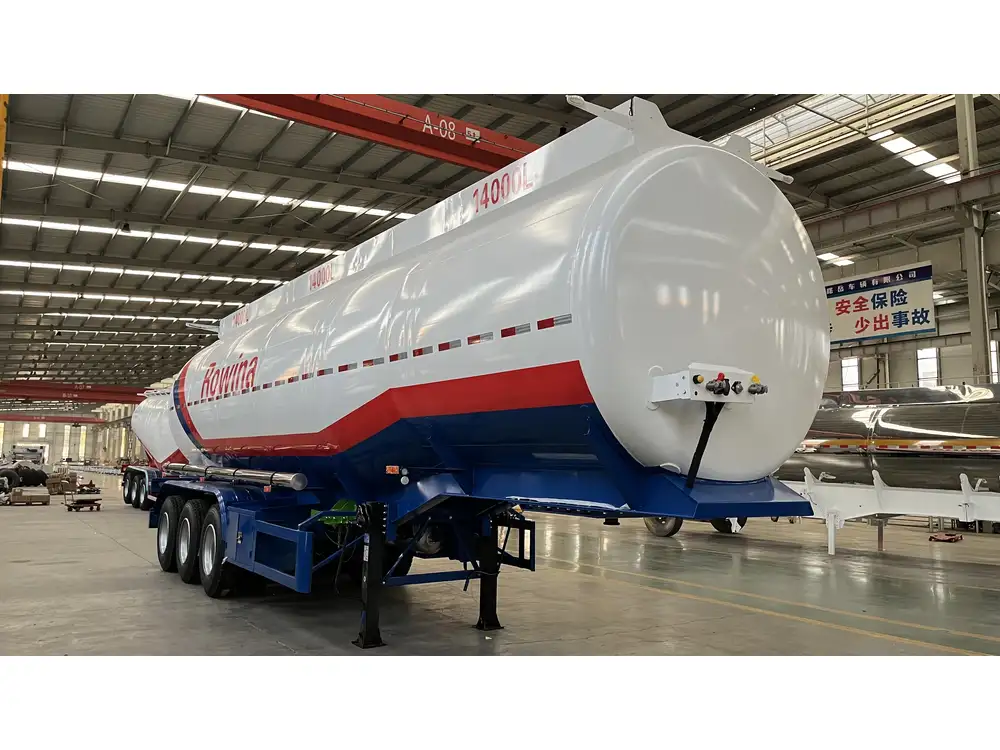
Final Thought: Ensuring Safety and Efficiency
Widening a flatbed trailer might seem like a straightforward task, but it comes with numerous considerations, regulations, and methods. Understanding your needs—whether for occasional use, permanent adjustments, or the exploration of advanced trailer systems—plays a pivotal role in efficient trailer operations.
By adhering to this guide, you can augment your flatbed trailer’s functionality while ensuring all safety protocols and regulatory standards are met. This commitment not only enhances operational capacity but also ensures a safer driving environment for everyone on the road.
In conclusion, expanding the width of a flatbed trailer is an endeavor that should not be taken lightly. Whether you opt for bolt-on extensions, welding, or investing in adjustable systems, prioritize safety and compliance throughout the process. Addressing the intricacies of such modifications can yield a safer, more efficient transport system, catering to the diverse needs of modern logistics.



